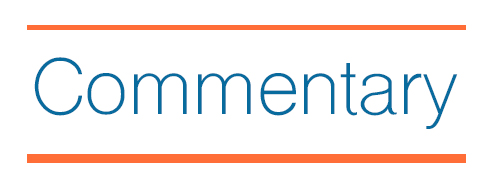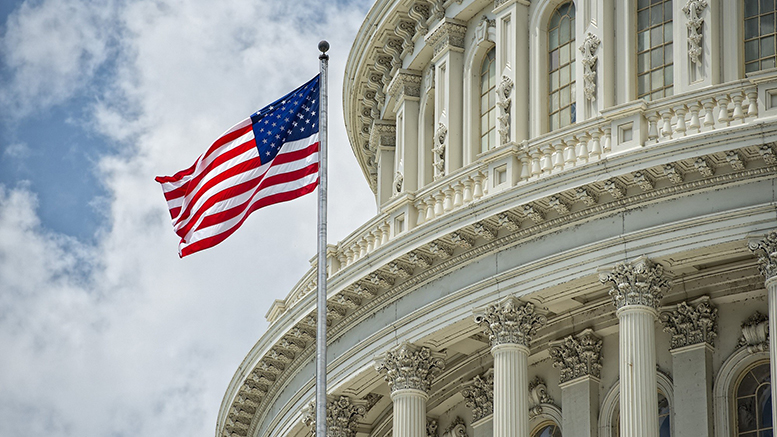Washington Watch is produced by the AACC office of government relations and policy analysis.
A bipartisan group of senators and representatives on Monday released two bills comprising a $908 billion Covid relief package. One of the bills provides significant support for community colleges and their students, though not at the levels that the American Association of Community Colleges (AACC) has advocated.

Congress is working feverishly to strike a deal on Covid relief, hoping to append it to an omnibus government funding measure for the remainder of fiscal year 2021 and pass it by week’s end. In the frantic political environment, it is unclear whether the bills will be the basis for a deal.
The main bill – the $748 billion Emergency Coronavirus Relief Act of 2020 – provides money for education, small business loans, extended unemployment benefits and a host of other items. The second bill splits out the two issues that have most divided the parties: $160 billion of aid for state and local governments and limited liability protection for businesses, schools and other entities.
Headcount factored in
As had been previously revealed, the legislation provides $82 billion for education, with just over $20 billion going to higher education. The bill would allocate higher education funds similarly to the CARES Act, with key differences. Just over $17 billion would go directly from the U.S. Education Department (ED) to institutions of higher education, 75% based on an institution’s share of Pell Grant recipients and 25% based on its non-Pell students. Unlike the CARES Act, which used full-time equivalent (FTE) students to allocate funds, the new bill allocates half of each portion on the basis of student headcount.
Also like the CARES Act, institutions are required to use at least 50% of the formula grant funds for grants to students, with the remainder available for institutional expenses and, critically, lost revenue. Importantly, the allowable “uses of funds” for both the student and institutional funds are broader than under the CARES Act. Any unspent student or institutional CARES Act funds could also be spent under these broader guidelines.
According to the legislation, which students receive grants would be “determined solely by the institution.” This appears to be an attempt to address ED’s limiting CARES Act emergency grants to Title IV-eligible students, but it is not clear it would fully resolve the issue.
The bipartisan bill provides about $2 billion to Higher Education Act (HEA) Title III and V institutions and $1 billion for grants to institutions with the greatest unmet need related to coronavirus. For-profit schools are only eligible for the $1 billion pot and not the main formula program. Institutions must apply for funds under the main formula program and the HEA Title III and V programs within 60 days after the publication of a notice from ED inviting applications.
Maintenance of effort
The legislation contains stringent maintenance of effort provisions that require states to maintain spending on both elementary and secondary education and higher education in the next two fiscal years at the average levels of the previous three years. The education secretary may waive this requirement for states that have had precipitous declines in resources.





